In early November 2020, two fourteen year old boys got themselves in the news for getting lost in Macritchie looking for the Syonan Jinja, a WWII Japanese Shrine. Click here for that story.
This is the first part of a 3 parts series of article. Links can be found at the end of this article.
Reading that news on Straits Times, reminded me of my own adventure way back in 1979, when as 14 year old, I too had gotten lost in Macritchie.
What struck me about the current adventure, was that the boys thought that there would be vending machines in the nature reserve. I can see the line of thought here. The forest is like Ang Mo Kio. There are paved pathways, marked trails, maybe a little mud and there are even toilets. So there must be a vending machine, at least, or a cafe or even a bistro in there.
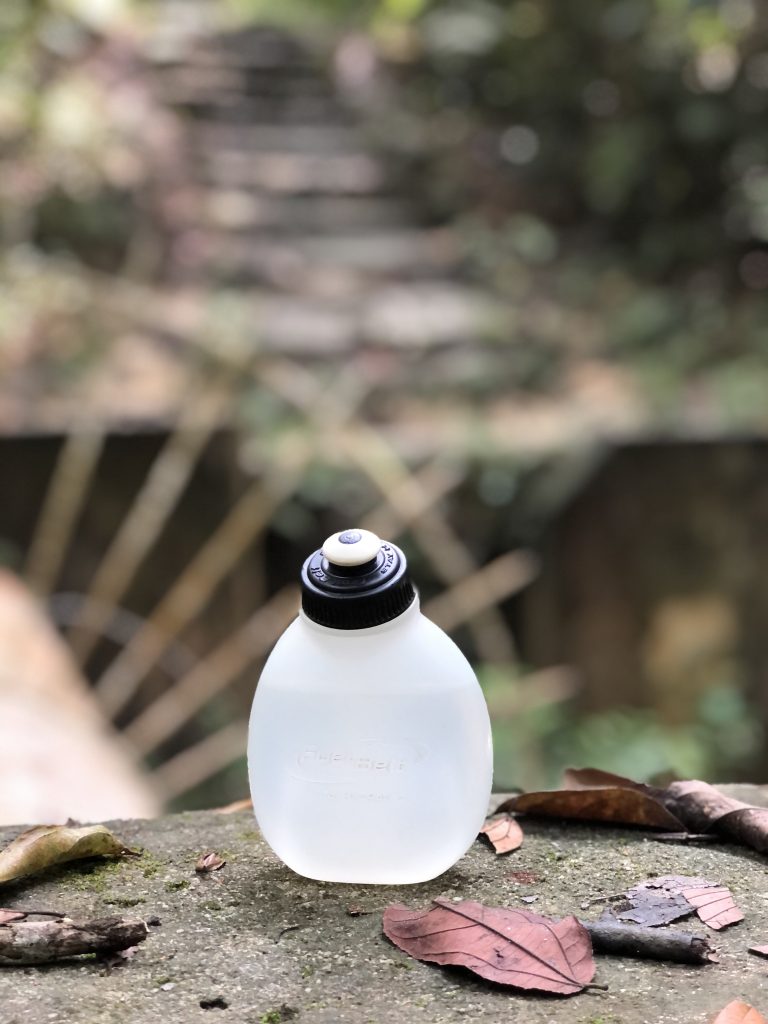
The danger of making life too easy is that, kids will think its normal, be complacent, thinking everything is taken care of. Even more dangerous when there are more and more entitled, spoon fed young citizens. Would we lose our competitive edge? Would we simply lie down thinking that somebody will take care of things? Would we fail to stand up, when we need to? Some difficulty, some trials are necessary for character development. Make things too easy for us, we will likely grow into a soft bunch, who expects to be spoon fed.
If we overprotect our young ones and keep them safe from unpleasant physical and social situations and negative emotions, we deprive them of the challenges and opportunities for skill-building, those skills, they need to grow a strong character. Nassim Nicholas Taleb coined the word antifragile in his book “Antifragile”. In the book, he discussed the triad of fragile, robust and antifragile. He wrote;
Some things benefit from shocks; they thrive and grow when exposed to volatility, randomness, disorder, and stressors and love adventure, risk, and uncertainty. Yet, in spite of the ubiquity of the phenomenon, there is no word for the exact opposite of fragile. Let us call it antifragile. Antifragility is beyond resilience or robustness. The resilient resists shocks and stays the same; the antifragile gets better.”
Nassim Taleb
Borrowing from mythology, Taleb describes the triad thus. Damocles, with a sword hanging over his head is fragile. A small stress on the rope that holds the sword, the rope will break, Damocles dies. The Phoenix dying and being reborn from its ashes is robust. The Hydra though, is antifragile, you cut off one head and two grows back. The antifragile gets better. We certainly do not want to be in Damocles’ shoes. We want some stressors so that we grow character. Our forests are being made too easy.
Our youths are but one example of how antifagility works. Our bones and our economic system are two other examples; both get weaker, and more prone to failure when they face major challanges, if they go for a sustained period without stressors. The immune system is an even better example. Perhaps this COVID19 pandemic was sent to remind us of our fragilities. That will be another story.
To read part 2, click here. To read part 3, click here.
One of my trials in late 70s was being lost, alone, in Macritchie as a 14 year old. I came out of it, not too scarred. I relished and would still run the trails there. There was antifragility in that generation of teens.
It was the June school holidays in 1979. I had intended to hike from Lower Pierce Reservoir to Upper Pierce Reservoir and then have a dip at, what we call the valley, (marked D), before continuing home via Old Upper Thomson Road. I had done this route before, more than once, with my Scout troop, 1111 and therefore was pretty sure that I could trace the route easily. I had my scout water bottle and a sardine sandwich, and it had taken us half a day to trek the route the previous times. I would be back in time for our normal Saturday football kickabout at 5pm. I didn’t make the kickabout that Saturday.
Of course it didn’t turn out as I had planned. For some reason, I couldn’t find the little stream that would have marked the point at which I would head north, that is, take a right turn and climb a short hill. On the top of that hill, I would be able to see, parts of the 3 reservoirs, Lower Pierce in the North, Upper Pierce towards the west and if you look real closely, a little sliver of Macritchie to the south. This is the hill that the tree top walk now begins.
Missing the stream, sealed it for me, that day, I made circles in the valley, where, now the Tree Top Walk hangs above, the red circle in the map.
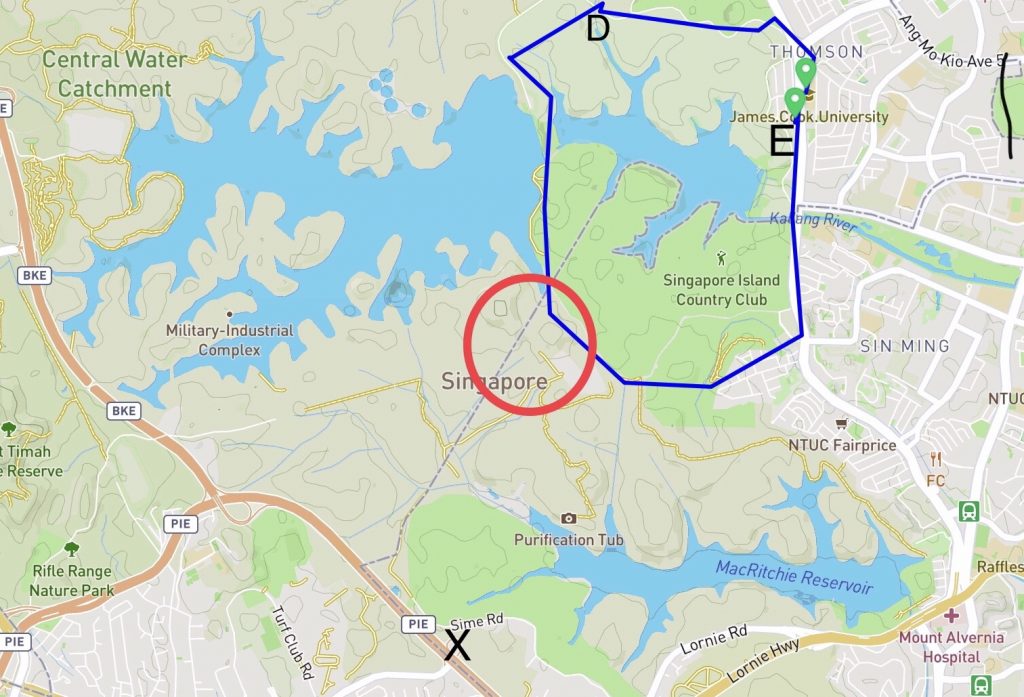
Some, might say, it was the spirit of the forests that made me miss the stream. And that might just be the case, because I ended up exiting the forest in Sime Road, marked X. Which was way off my original intended course in almost the opposite direction. It was already dark, after 7pm. I hopped on a bus, I think it was no. 165, alighted at bus stop just before Ang Mo Kio, almost at the point where I entered the forests that morning and walked the 700m or so home.



In the Macritchie of 1979 there were no boardwalks, only mud paths. Some of these paths are barely even paths, just some trampled on undergrowth. If it rains, the mud gets wet and you struggle a little in the heavy mud. If its dry, then the path is hard. Roots and deadfall litter the forest. The terrain is undulating with many steep inclines, which I love to kick up when I run trail there. Up to 2015, these inclines were still there. I have not run there when trail upgrading works started. There certainly were no vending machines. Click here to see my Macritchie adventures over the past 10 years.
Today, I read that, there are boardwalks, to make sure that shoes do not get too dirty, steps so that ascents are easier, though I have my views about those. Well marked paths to ensure you do not get lost. I will run the trail as soon as the school holidays are over, because I expect crowds there now.
I have seen that over the years, running trail in the Central Catchment Nature Reserve, and other Nparks reserves, that the trails are becoming less challenging in a sense that its less wild, easier, you propionate less as the trails are smoother. You propionate when your legs and feet adjust itself to take in the shocks, seemingly involuntarily, as you land on uneven ground. This builds muscle strength. The terrain simply becomes urban with boardwalks and steps. It is as close as walking in an urban landscape. I can understand that NParks want to make the forests more accessible to public and so making it safer.
BUT a forest must be a forest, with muddy trails, uneven, broken ground, splashes of water, speckles of varied colours, smells of wet wood and mud.
How glorious it is to run in that forest of 1970’s Macritchie?
Run with me! The antifragile gets better!
To read part 2, click here. To read part 3, click here
Enter your email to subscribe and receive notifications about new stories from R4L.

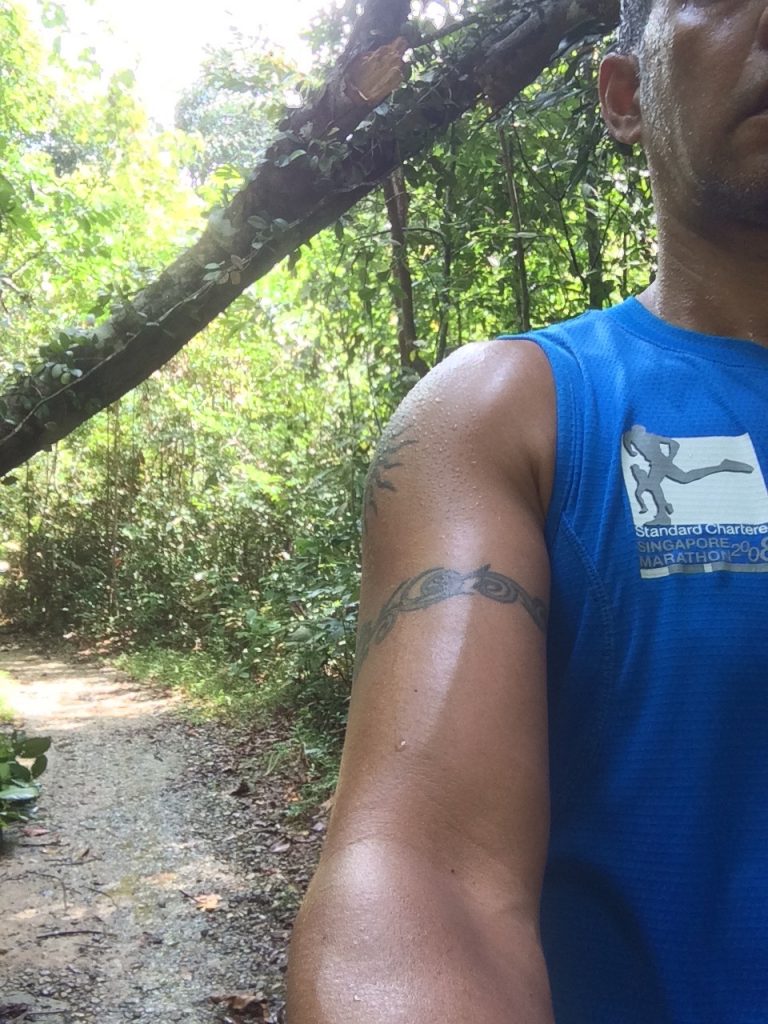
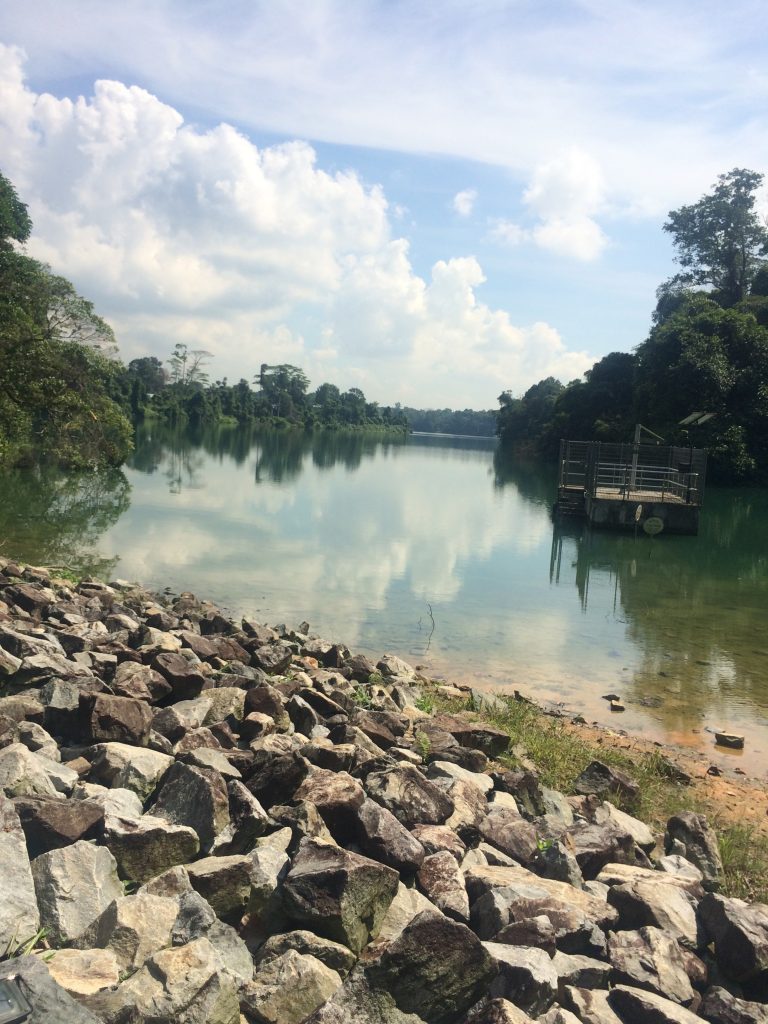
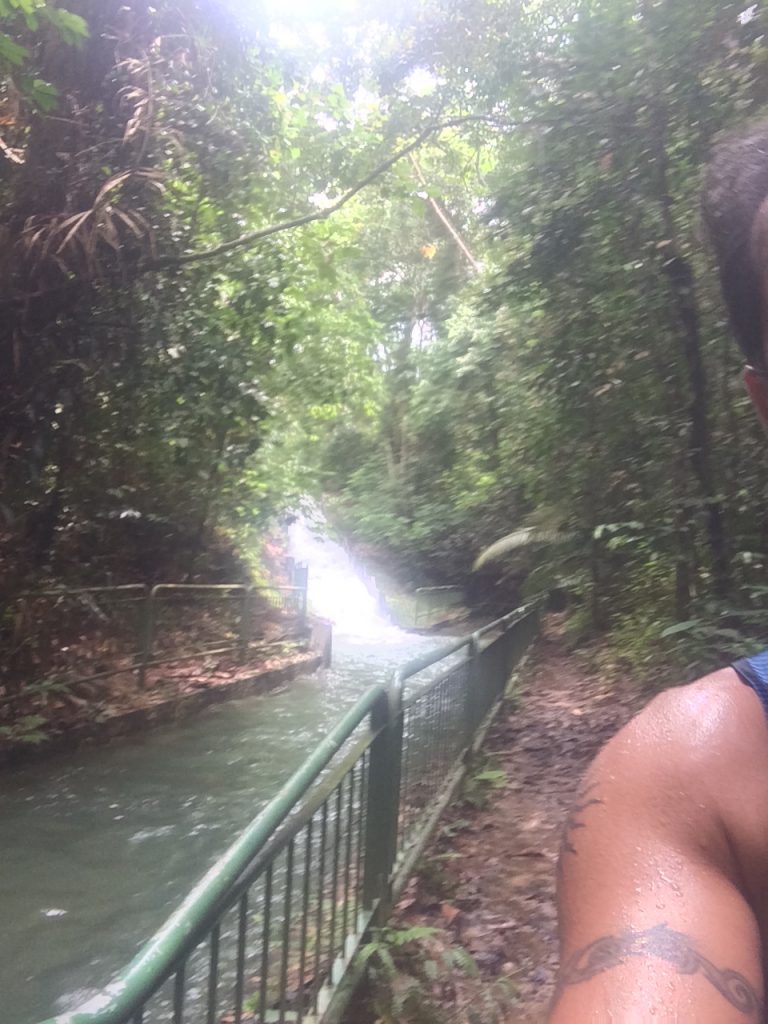
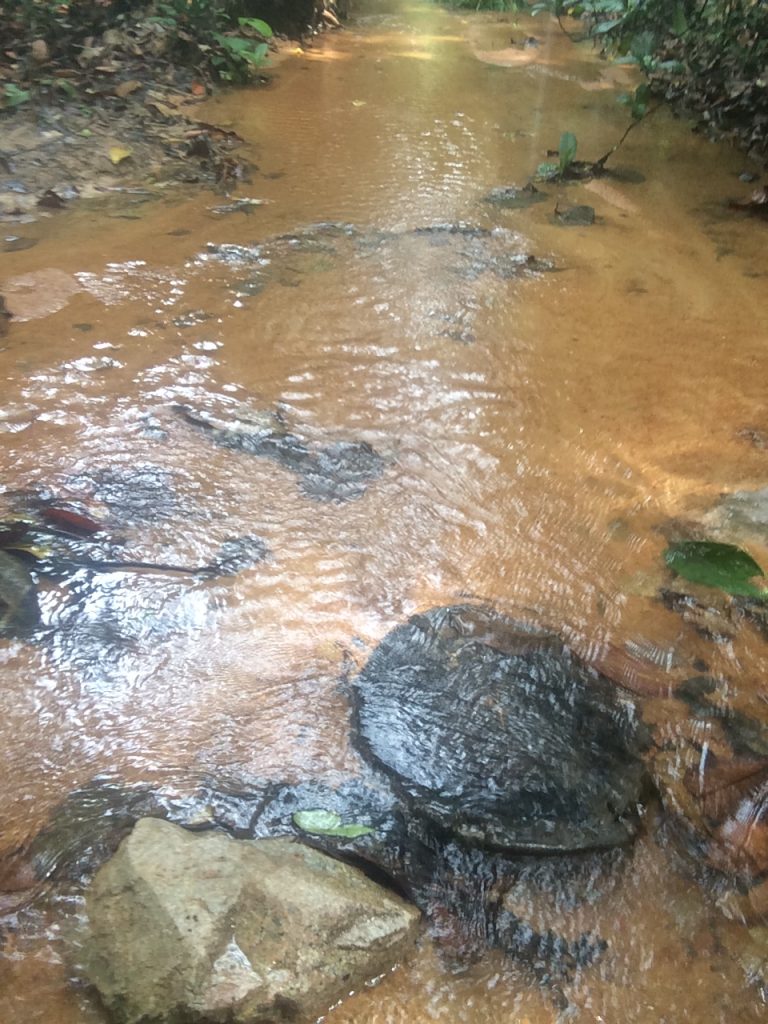
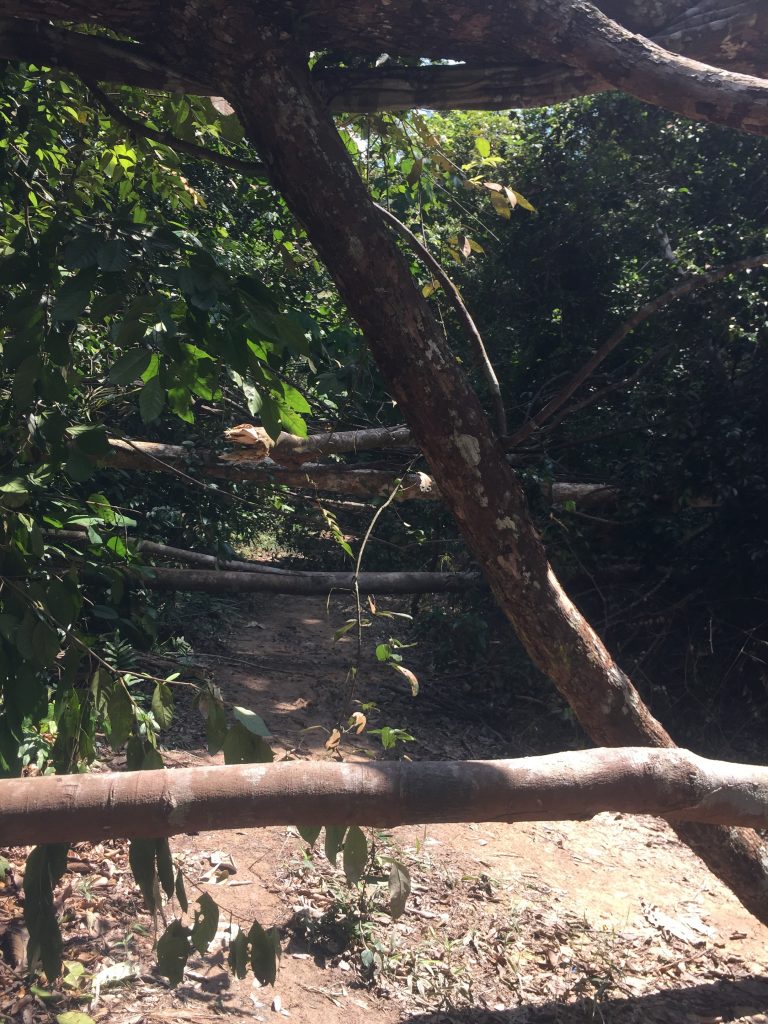
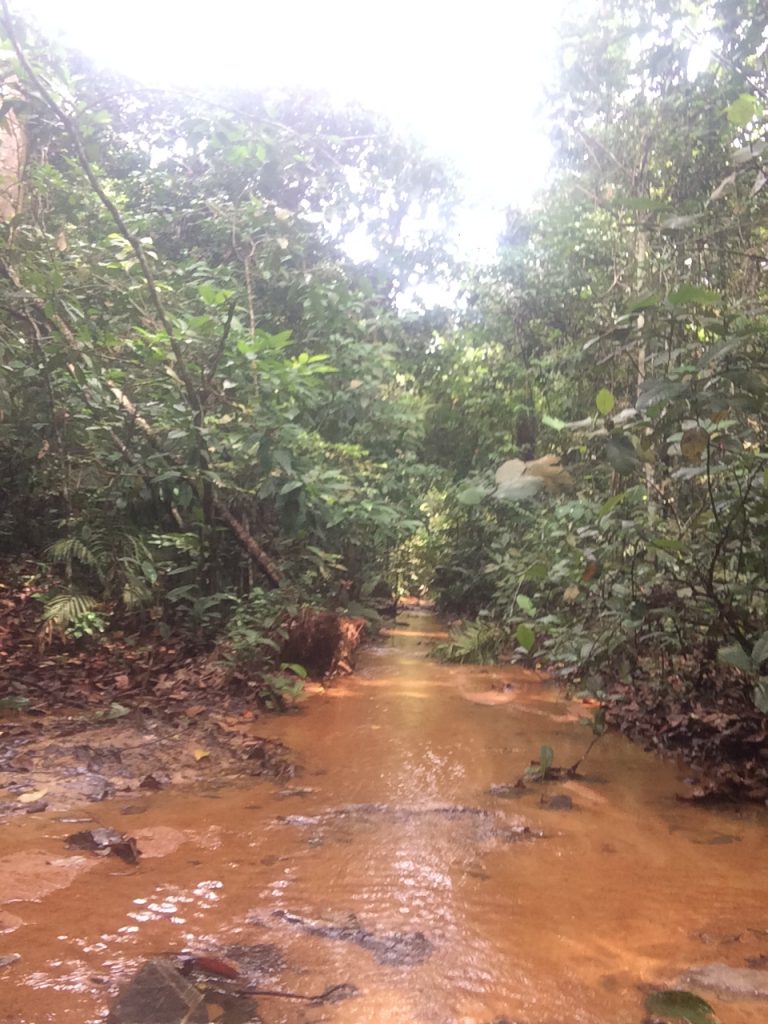
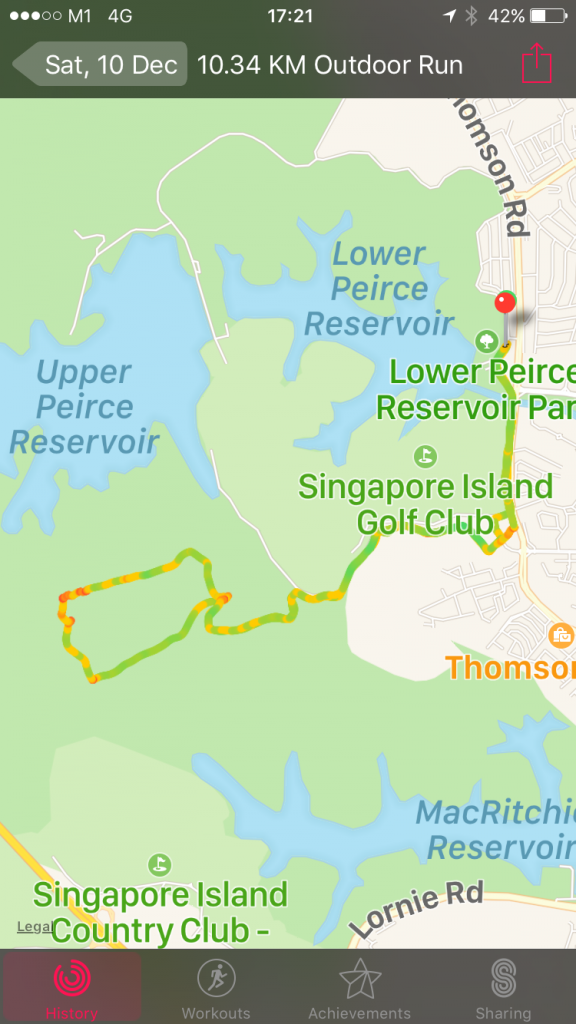
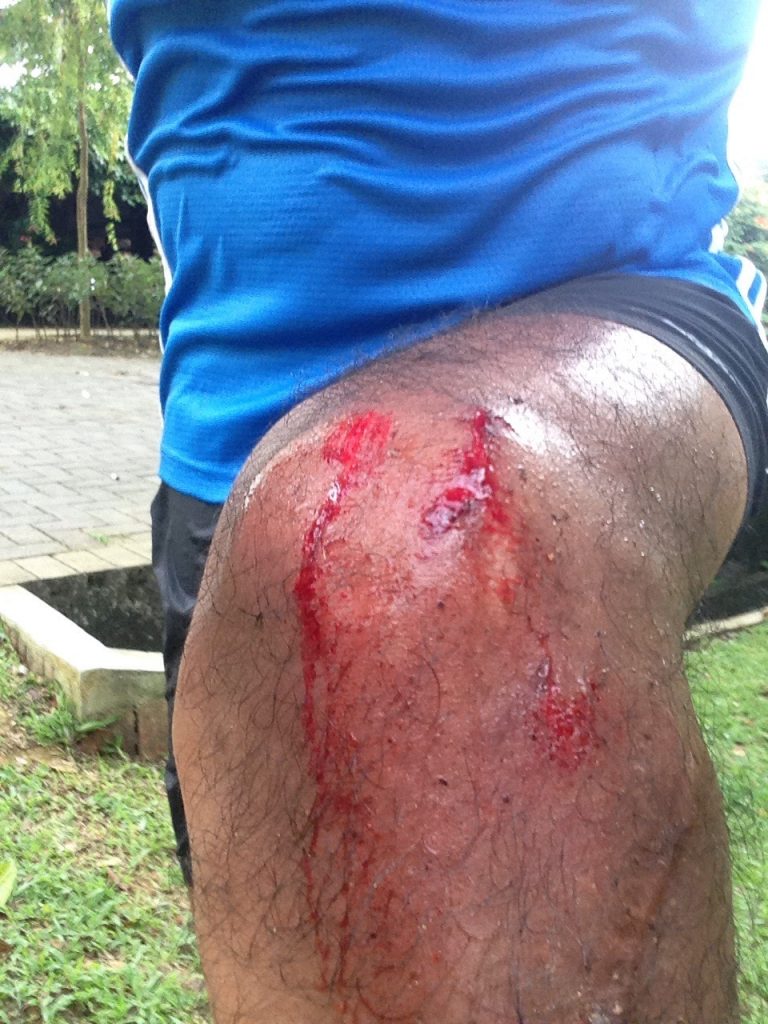
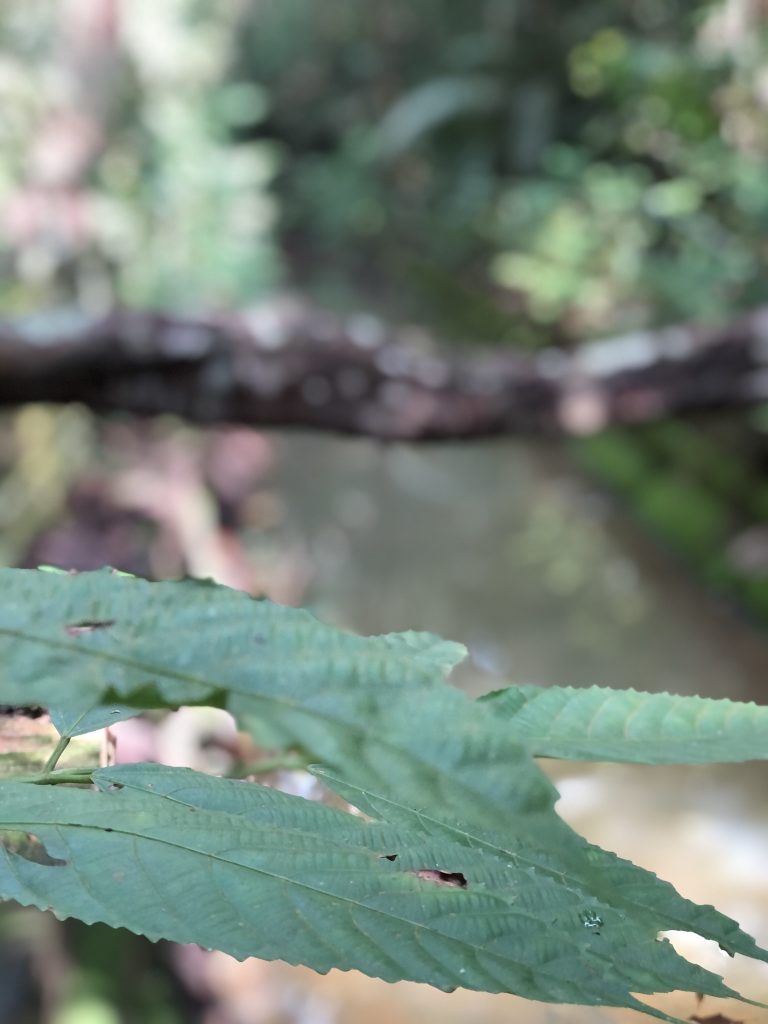
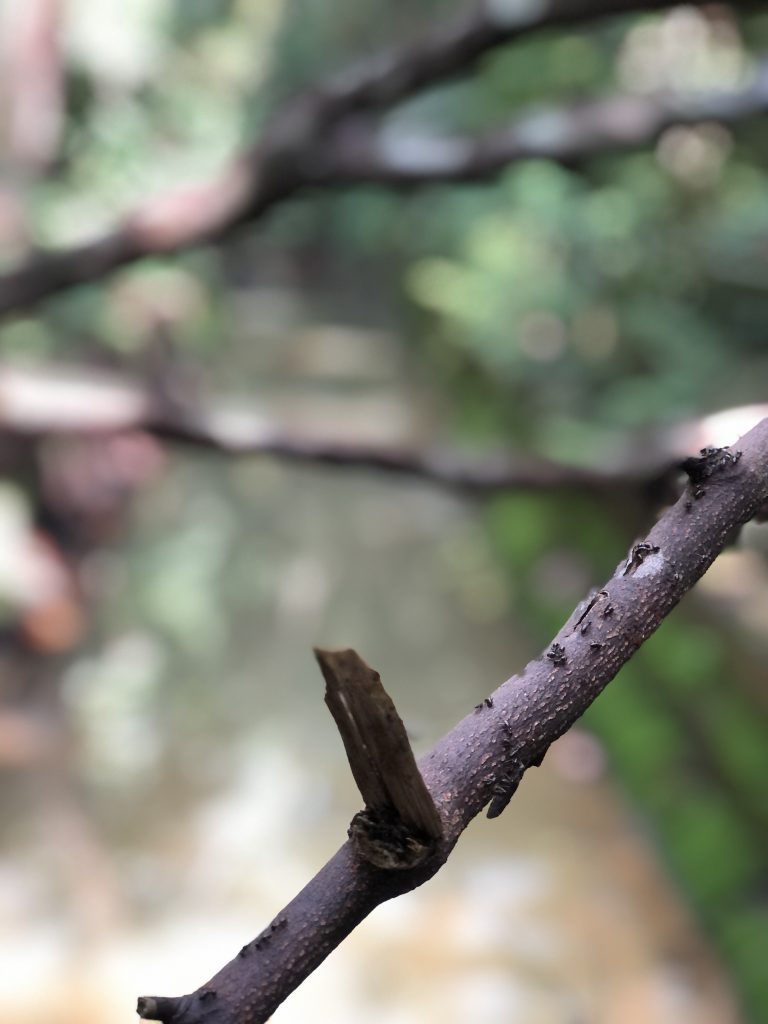
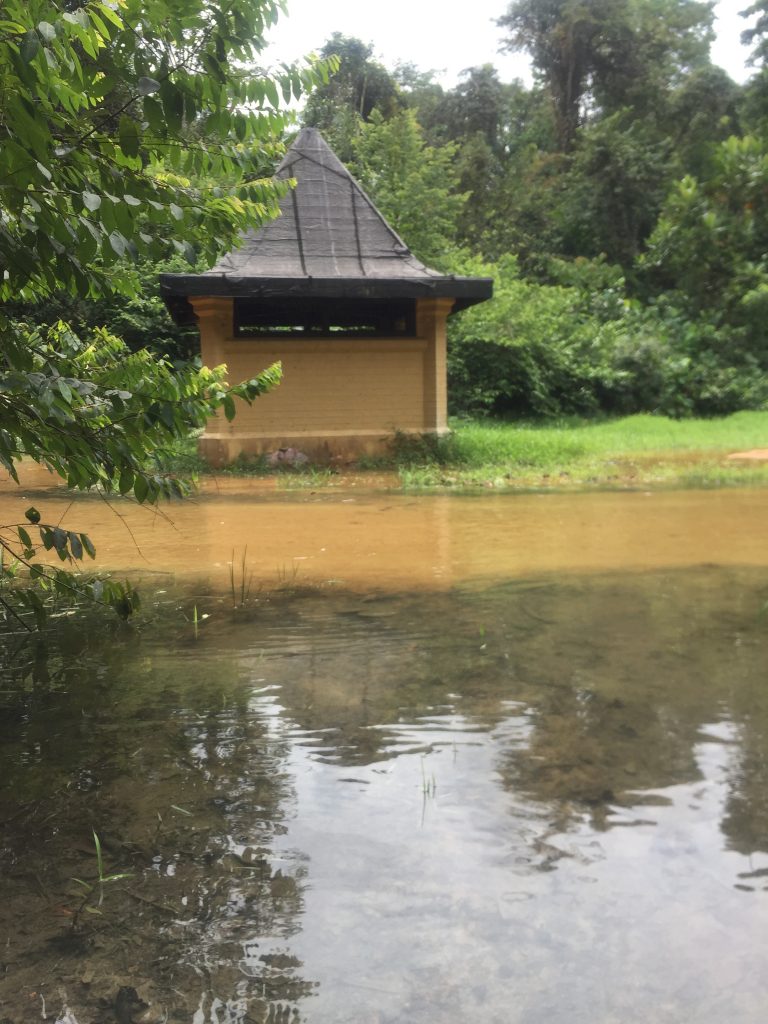
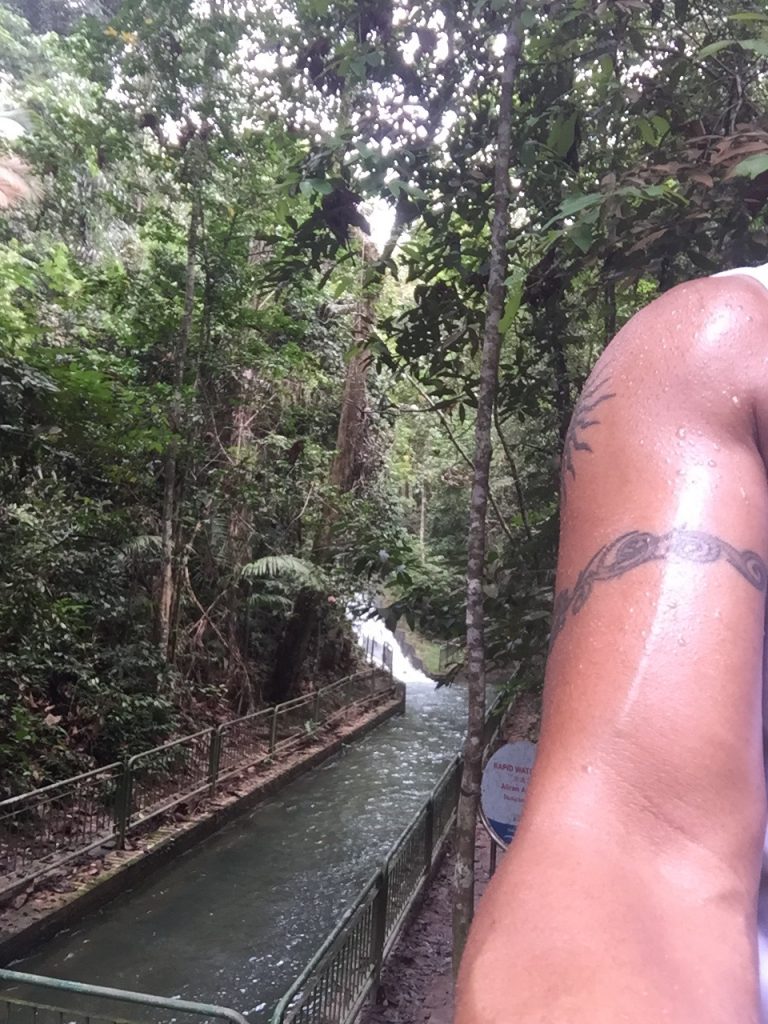
2 thoughts on “Lost in Macritchie, are we making our forests too easy?”